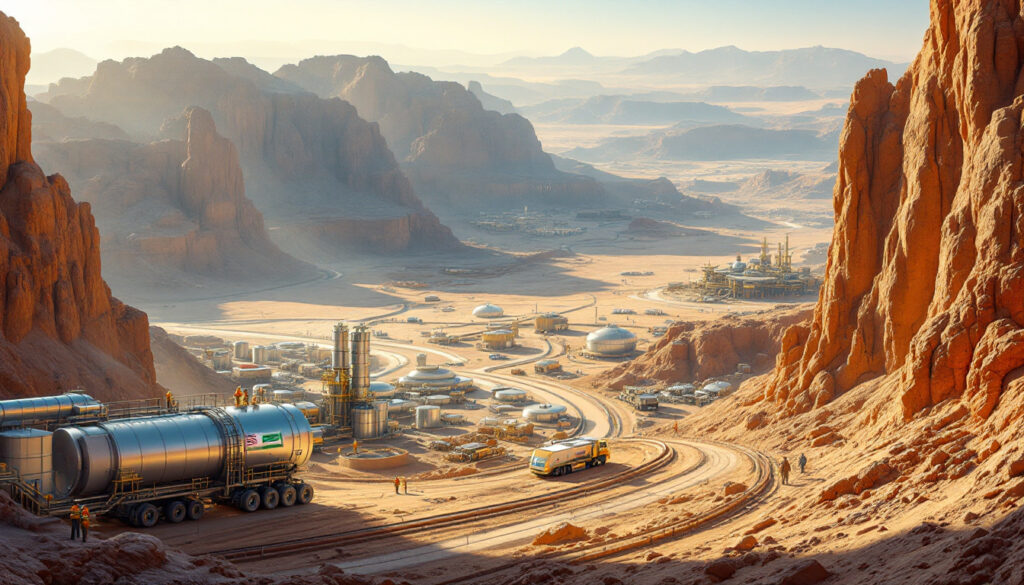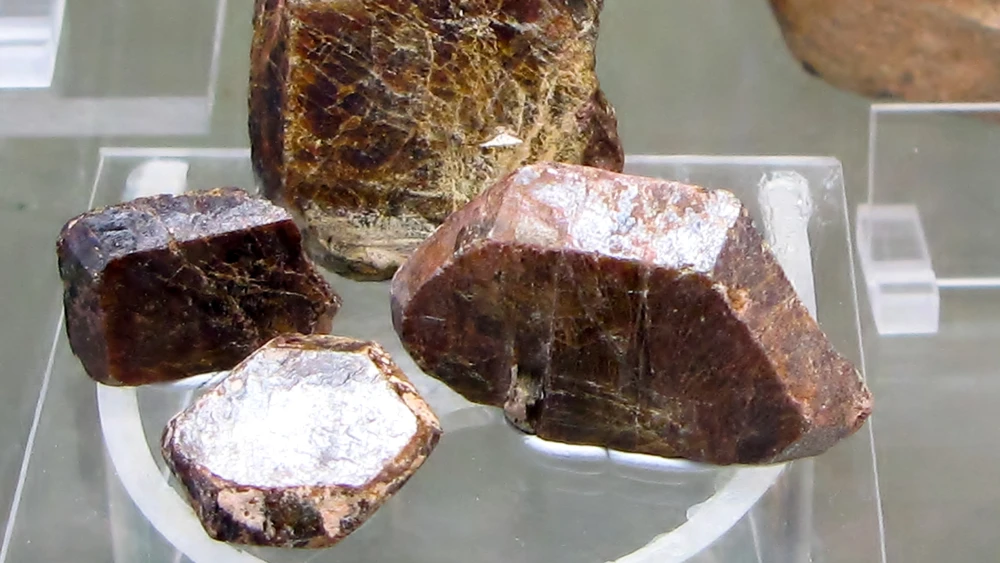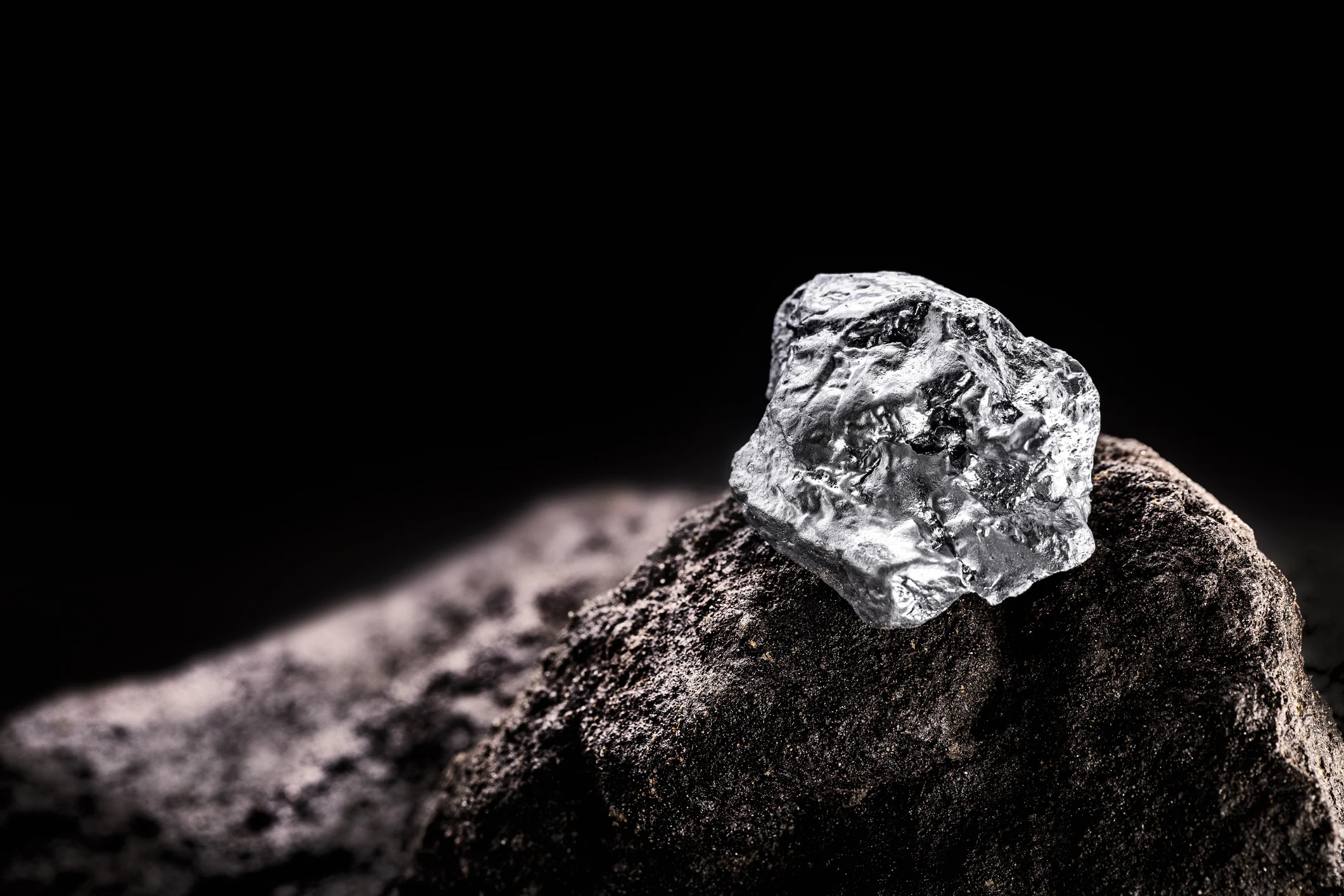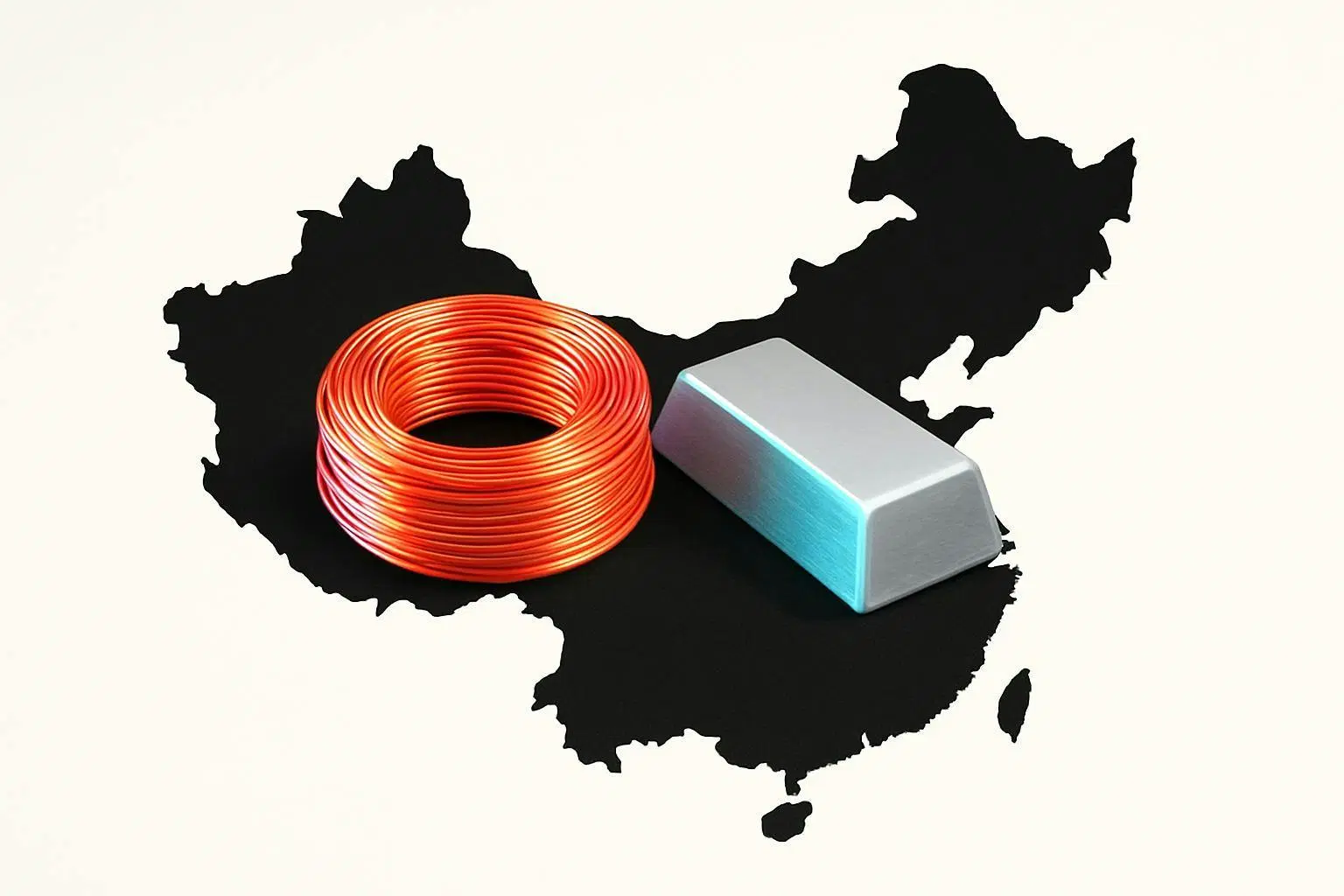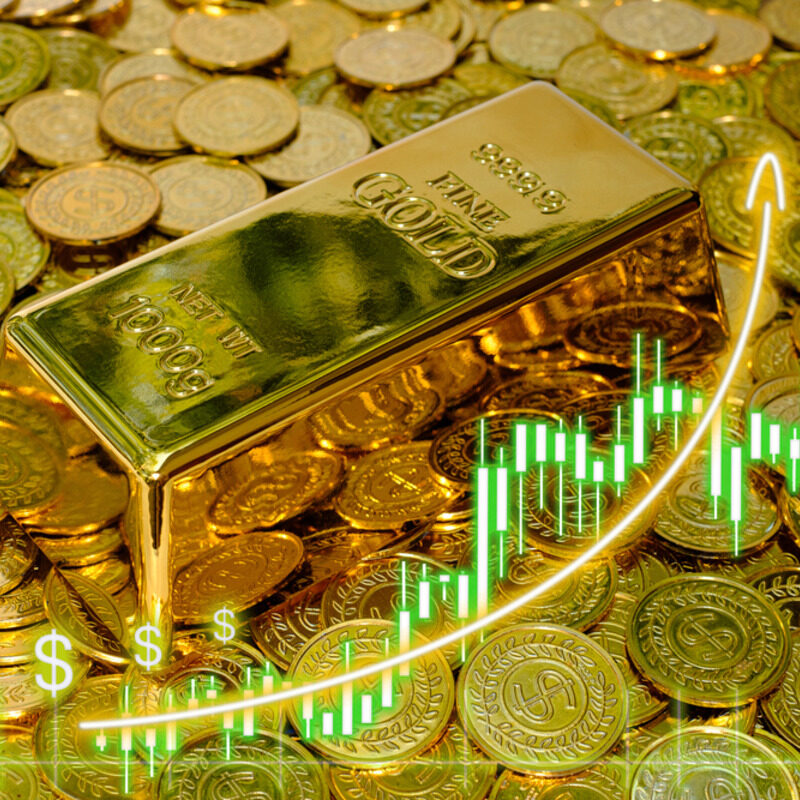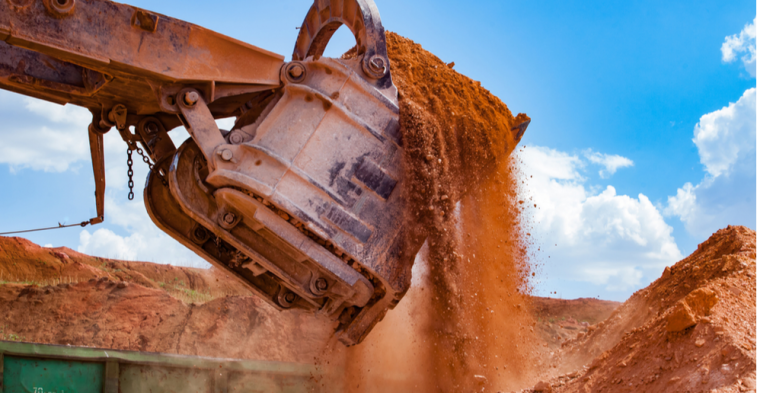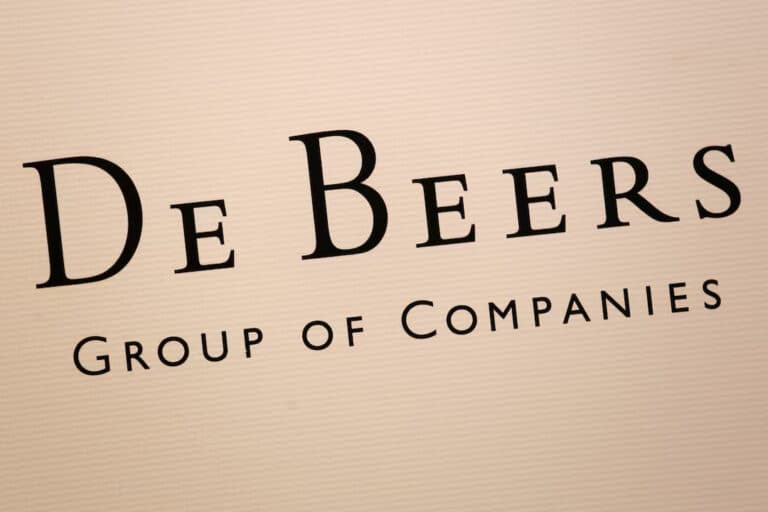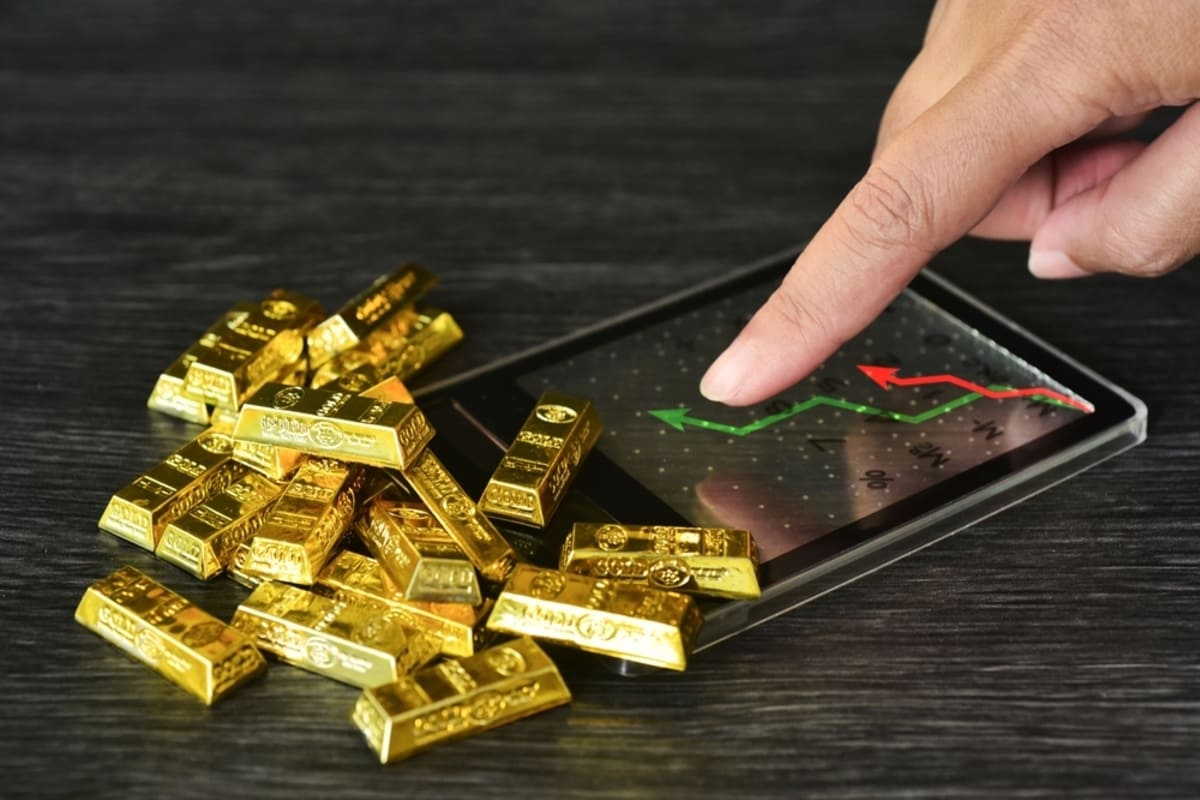Metal Markets

Middle East wires & cables market set for $32b surge on infrastructure boom
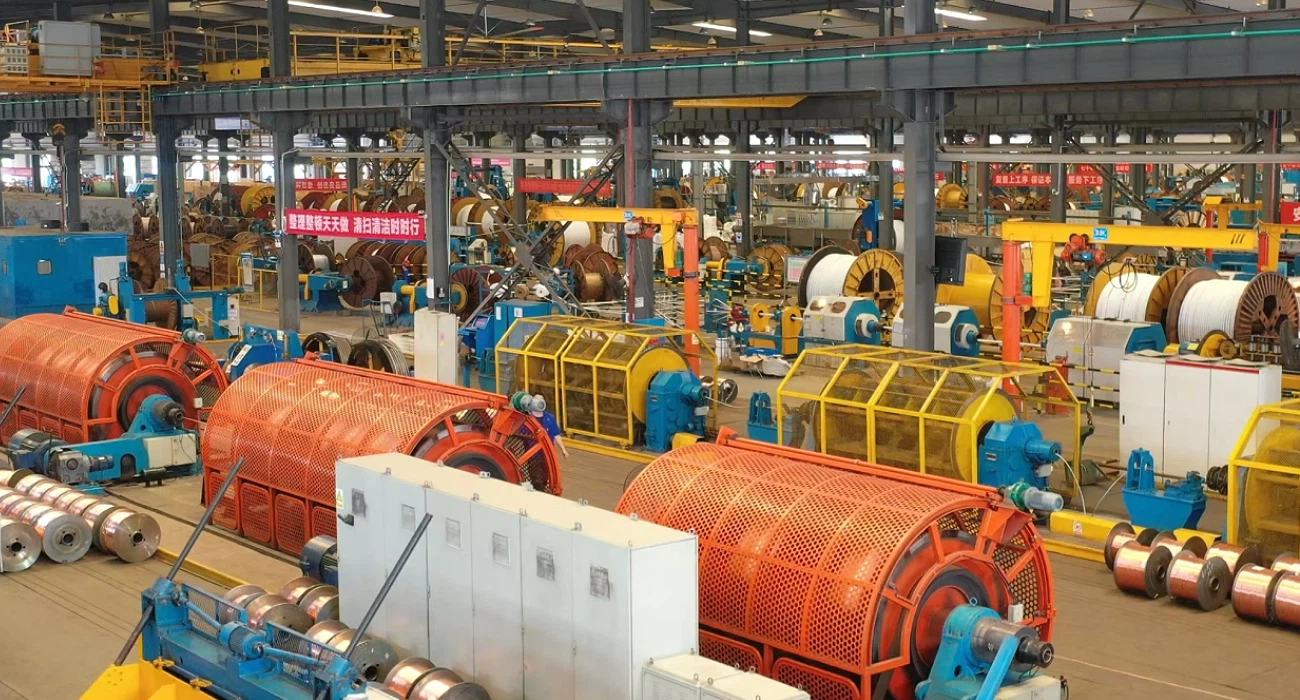
Demand for wires and cables in the Middle East is projected to grow sharply over the next five years, driven by a wave of infrastructure expansion, renewable energy deployment, industrial capacity building, and rapid electrification across the region.
Industry estimates suggest the regional market will rise from about $23 billion at present to more than $32 billion within five years, reflecting sustained investments in construction, power transmission, rail, logistics and electric mobility networks.
Analysts say the UAE and Saudi Arabia are at the forefront of this surge. The UAE continues to accelerate development across real estate, clean energy and manufacturing, while Saudi Arabia’s giga-projects such as NEOM, The Line, Qiddiya and its fast-expanding industrial zones are generating record procurement requirements for power cables and specialty conductors. The International Energy Agency has also highlighted the role of grid modernization and transmission upgrades in enabling the region’s renewable energy targets, further lifting demand for high-performance cables.
Global research firm Grand View Research projects the global wires and cables sector to reach about $281 billion by 2030, growing at around 4.1 per cent annually, supported by urbanization and energy transition. In the Gulf, investments are even more intensive. A report by IMARC Group notes GCC construction projects valued at about $147 billion are underway, while renewable energy investments of $60 billion are expected in the next five years. Rail and transport upgrades could require more than $6.6 billion by 2033, while charging infrastructure and e-mobility development may draw between $10 billion and $20 billion.
Regional manufacturers such as Ducab in the UAE and Bahra Electric in Saudi Arabia have expanded capacity and product portfolios to meet the rising need for specialised cables used in solar plants, offshore wind farms, hydrogen projects, high-voltage transmission corridors, and smart mobility systems. Industry executives say competitive advantages now hinge on higher safety standards, fire-resistant materials, efficiency gains and sustainability certifications.
Daniel Ryfisch, project director, Messe Dusseldorf, organiser of the upcoming global twin shows – wire & Tube at Dusseldorf in 2026, said with ongoing energy transition drives, growing electrification and large-scale urban development pipelines, the Middle East wires and cables sector appears poised for a decade of sustained expansion.
While manufacturers continue to scale production for domestic markets, many are also expanding export footprints into Africa, Asia and Europe, said Ryfisch. He said several leading Gulf producers will take part in the wire & Tube trade fairs in Düsseldorf in April 2026, which will serve as a global networking and sourcing platform.



